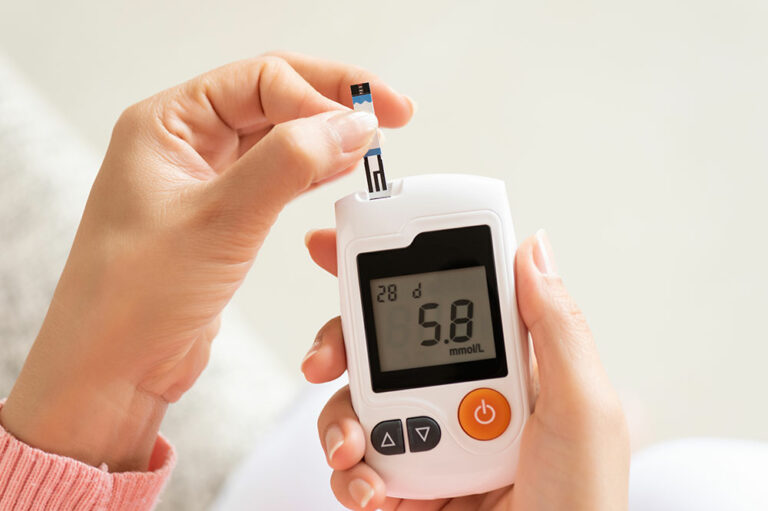
6 unsafe places to hide jewelry at home
Jewelry is among the most prized possessions for several households owing to its sheer elegance and value. Unfortunately, FBI estimates suggest that approximately $100 million worth of jewelry gets stolen each year nationwide. Although security systems can help detect and prevent such crimes, one should still exercise caution while leaving jewelry at home, as failure of such systems can increase the risk of jewelry theft. Here are some places to avoid hiding jewelry at home:
In the freezer
It is estimated that over one in four people hide their jewelry in the freezer. Therefore, burglars are typically well-versed with this tactic and may remember to check the freezer while trying to steal jewelry.
Under the mattress
The mattress is a seemingly safe place to hide precious items, as it can easily conceal the belongings kept underneath it. Unfortunately, since most individuals have discovered the effectiveness of this hiding place, hiding jewelry underneath the mattress has become common in households, and one of the spots burglars would be sure to check.
The toilet water tank
The toilet tank is a risky place to hide jewelry as it may be easily discovered. Also, there is a high chance of the jewelry to get tarnished due to moisture. Similarly, one should remember to avoid hiding jewelry in places like a vase or a jar containing a semi-solid or liquid substance.
Inside a drawer
Whether it is a desk, sock, or bedside drawer, robbers check these storage provisions first upon breaking into a home, as they are among the most obvious spots to hide jewelry. Even if one remembers to lock the drawer and carry the key while stepping out, burglars are never short of techniques to break it open. Therefore, it is best to avoid hiding one’s jewelry inside any drawer at home.
Inside CD and DVD cases
Burglars typically clean out shelves and empty their contents while looking for jewelry or other valuables. CD and DVD cases are almost always cleaned out during a robbery. Thus, these are not safe spots to hide jewelry.
Inside the jewelry box
Although a jewelry box is meant to store jewelry, it is ironically the most prominent place to hide the baubles. Therefore, one should avoid hiding jewelry inside a jewelry box before stepping out, even if the box is locked.







